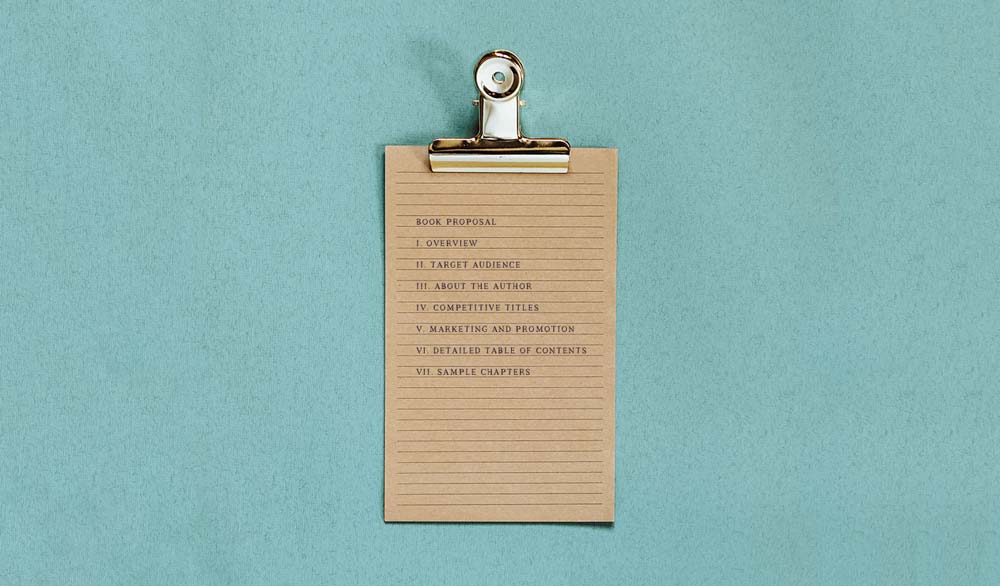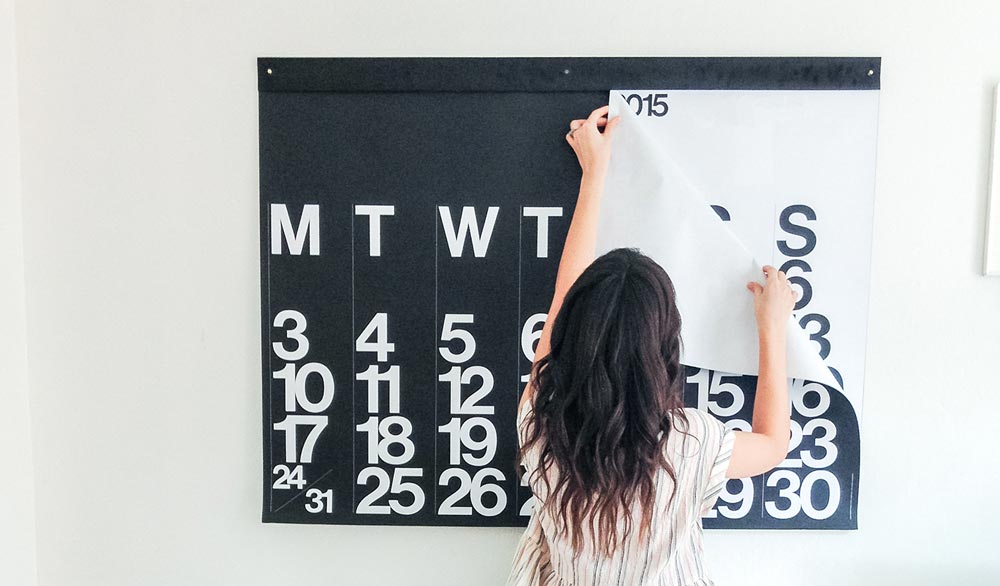How to Write a Book Proposal and Why You Need One to Publish
All publishers are gamblers. Your job, as a writer or photographer who wants to be published, is to convince them that your project is a good bet. They are trying to select, from an enormous pile of possibilities, which book is most likely to be profitable. Every book they sign is a risk. To complicate matters, many first-time authors don’t realize how much of the heavy lifting they have to do themselves—particularly for non-fiction books. A publisher won’t find an audience for you, you have to create one yourself. Your book proposal will not only showcase your content, but it will make a case for your book’s profit potential. Finally, you’ll need a book proposal to get an agent or for an agent to get you considered. It’s unlikely an agent or an editor will spend time on an entire manuscript without having seen a proposal.
What is a book proposal and what’s the point?
The point of your book proposal is to make a fan out of your acquisition editor. Your book might have a very particular audience, but your proposal’s audience is your agent and your editor. Craft the proposal with them in mind.
Writing your book proposal is about three things:
- Your idea
- Your built-in audience
- Your show-stopping content
Idea
Your book needs to make an original and compelling promise to its audience. What’s yours? What need does it fill? What problem does it solve? How is it unique? For visual books, why would someone want to see these images? What can they gain from experiencing the photography? Why is that important?
Audience
Publishers are looking for authors who already have a platform—a significant following who are likely to buy your book. They want to know you can help sell the books when they’re printed, and that you’re expert enough for people to want to listen to you. It’s not enough to have a good idea and a well-crafted manuscript; for non-fiction books, an author platform is everything. It’s worth noting that you’ll want to be building your audience as you work on your project so that you have something to offer here. Big-name publishers are looking for projects that will likely sell between 10,000-20,000 copies. You’ll need to do your part to make that happen.
Content
What would make someone pay twenty dollars for your book? What would make them read it over scrolling through Instagram? Is your content good enough for people you don’t even know to spend 20 dollars (or more, for visual books) and hours of their time? Publishers are looking for exceptional content that stops people cold.
Everything in your proposal is making the case that your book is capable of selling well. Photo books are expensive to make and expensive to sell, and they don’t sell as well as novels. Still, hundreds of visual books are published every year, so why not try for yourself? Keep this in mind as you do the work of preparing your book proposal.
11 Elements of a Book Proposal and a Template to Follow
Selling a publisher on your book means showing them your qualifications, detailing a chapter-by-chapter outline, and most importantly, how your book is going to be marketable, and ultimately, profitable. Expect your proposal to be between 20-55 pages, not including sample content with the following elements.

Title Page
This should include:
- Working title and subtitle of your book
- Your name and complete contact information
- Proposed alternative titles
- One-sentence book description: the tagline/hook for what the whole book is about. Include your project’s strongest selling point up front.
- The categories and sub-categories your book will be listed in. Check Amazon or Barnes and Noble to get a sense of what these official ones might be, using another book like yours.
- One-sentence reader benefits—the promise you make to your readers about learning, change, discovery. What your readers will take away from your book.
Note: For visual books, you’re going to want to mock-up the cover and design this page with the look and feel of your book. It’s also worth noting that your title and your cover mockup are what will make your book proposal stand out, so spend the time to get these right.
You’ll also want to include a table of contents for the book proposal after this section, too, with page numbers for the main sections.
Author Bio
This book proposal section is where you introduce yourself and your qualifications, but be brief—only share what you need to in order to prove you can actually do the project. Include the following:
- About the author
- Links to your author website, blogs, articles, YouTube videos, etc.
- Relevant writing experience
- Credentials, awards/accolades, previous publications, a few fun personal facts that show you’re interesting and relatable
- Contact info
- Sales history of previous books—this is a list of titles, along with publisher name and publication date.
- Total sales numbers on the book, from publication-to-date
Book Description
Your book description in your proposal will only be about 200-300 words. The first paragraph explains what the book is about, and the promise you make to your readers. Your second and third develop that: how the book is organized, a few key points, your writing credentials.
For a photo or image book, you’ll need to explain how many images there are, how you see them laid out, what your general concept and thinking behind the book. You’ll want to explain the genre of your visual book—is it a catalog? A monograph? A Documentary collection? A linear narrative? Or a poetic collection where the images work together, but not in a sequence? Why?
Try to use the same style you use in the book for writing your description. Agents and editors should be able to get a feel for your writing from this, too.

Audience
There are two parts to your audience within your book proposal: The ones you know and the ones you don’t. This is about BOTH the market and your personal platform but talk about your platform first.
Your Platform (people you know):
- Email list size
- Social media following
- Video marketing views or subscribers
- Professional website, plus page views.
- Speaking engagements scheduled; past and future
- Endorsers and corporate sponsors;
- Endorsements or big name people who could write your foreword
- Previous book reviews
- Links to regular publication, media contributions, or your blog, with as much readership and engagement data you can give
- Community events you’re attending relevant to your book
Your Market (People you don’t):
- Fans of insert bestselling comparable titles
- Members of organizations likely to support the book
- Number of people engaged in activities that relate to your book
- Google search analytics for your keywords
- Target reader demographics
- What are their habits, lifestyle and beliefs?
- What solutions does your book offer for them?
- How big is this group?
- Where can they be reached? Where do they visit online? What are their habits and communication patterns?
Show an awareness of current trends and patterns that relate to your book, and put up compelling numbers that position your book as part of it.
Marketing Plan:
Think of this section of your book proposal as a list of things you’ve already done or accomplished, that you can increase. You have to prove that you can do these things, not that you would do these things.
- Upcoming gallery or museum shows
- Upcoming (already booked) speaking engagements
- Relationships in the media
- Articles already published, showing media relationships
- Potential sales outlets for the book
- Key connections, endorsements, and partnerships where you’ve already had success

Completion and Delivery
In this section of your book proposal, you’ll list the format, the eventual word count, the page count, the deadline by which a finished manuscript will be turned in, following a signed contract.
Competition
Show where your book fits in the market by listing 6-10 others that are similar. What books would sit next to yours on a bookstore shelf?
- Pick successful books that have sold many copies
- Make sure they are within the last 3-5 years
- Include the Title: Subtitle, author, publisher, date of publication, format, page count, trim size, price point.
- The ISBN-10
- Your assessment of each: Which were your inspiration? Which are your direct competition? Which are books that missed opportunities your book doesn’t?
- Add a comment that’s something like “Includes this (similarity to your book) fails to cover that (Thing which your book will do better)
Author Qualifications
Make your case for why YOU are the person to write this book in your proposal. Showcase your academic background, cite particular experiences, anything else you achieved or accomplished that contributes to your authority. What’s your unique angle? This will be 200-300 words.
Book Organization/ Table of Contents
This is an overview of your book structure. Give a quick list of chapter titles, and then do a more detailed outline. Your chapter titles need to be as thoroughly considered and intriguing as your main title.
Underneath each chapter heading in your book proposal, you’ll also list the sections of the chapter, with heads and subheads. You’ll note any repeated sections for each chapter like charts, discussion questions, interviews, case histories, etc.
After your chapter list, you’ll do a chapter-by-chapter synopsis. This is 50-100 words explaining what’s in each chapter and how it contributes to the overall book. For visual books, this will be a written description of image and text, how it works together, and how it contributes to the overall book.
Project Needs and Status
Tell the potential publisher how far along you are on the project. How much of a manuscript is actually written? How many interviews conducted? Also list any assistance you’ll need in completing the project, including permissions to use other work, research budget, further research trips, etc.
If you want to use quotes, photo inserts, indexes, maps, and recipes, put in those requests for those special features here. Those are permissions and design work your publisher will need to be doing for you and they should know that upfront.
Submitting the Book Proposal
Some publishers only accept email submissions, so check the website. Many prefer hard copies of proposals—this is especially true for visual books—because physical copies are easier to track as they move through the approval process. Be sure to take the proper postal steps to get your manuscript into the right hands, and don’t expect it back.
Note: Find the actual name of the acquisition editor or agent you’re trying to reach, not just the title. LinkedIn is a good tool for this.
Cover Letter Tips
Make your best case for your book with the cover letter accompanying your proposal. Introduce yourself, your project, and tell the publisher why they should consider it. Use these questions as a guide for talking points:
- Who is the target reader and what specific needs/problems/questions are they facing?
- How big is this audience, and what are the stats and studies that agree with you?
- How are you the one qualified to write this book?
- Why must this book be written now?
Your letter should be one page, with paragraphs that introduce your project, it’s audience, and you, the qualified author.
Final Thoughts
Doing the work to create a solid book proposal helps you understand how to make decisions for your project as you go along. You’ve done the research and understand what’s likely to sell and why. A well-crafted book proposal forces you to understand your own marketplace and your projects place within it. It may have been arduous work, but your proposal is still no guarantee. As you submit your book proposal, prepare for rejection. When it comes, make adjustments and try again. Refining your proposal throughout the submission process is really common—often authors keep revising and revising it until it’s finally sold. At some point, you may decide to publish it yourself. By then, all you have learned about your project and the market through the proposal process of traditional publishing has only set you up for success.
BookWright
Ready to get started? Our free desktop software, BookWright can help. Learn more today!


This post doesn't have any comment. Be the first one!